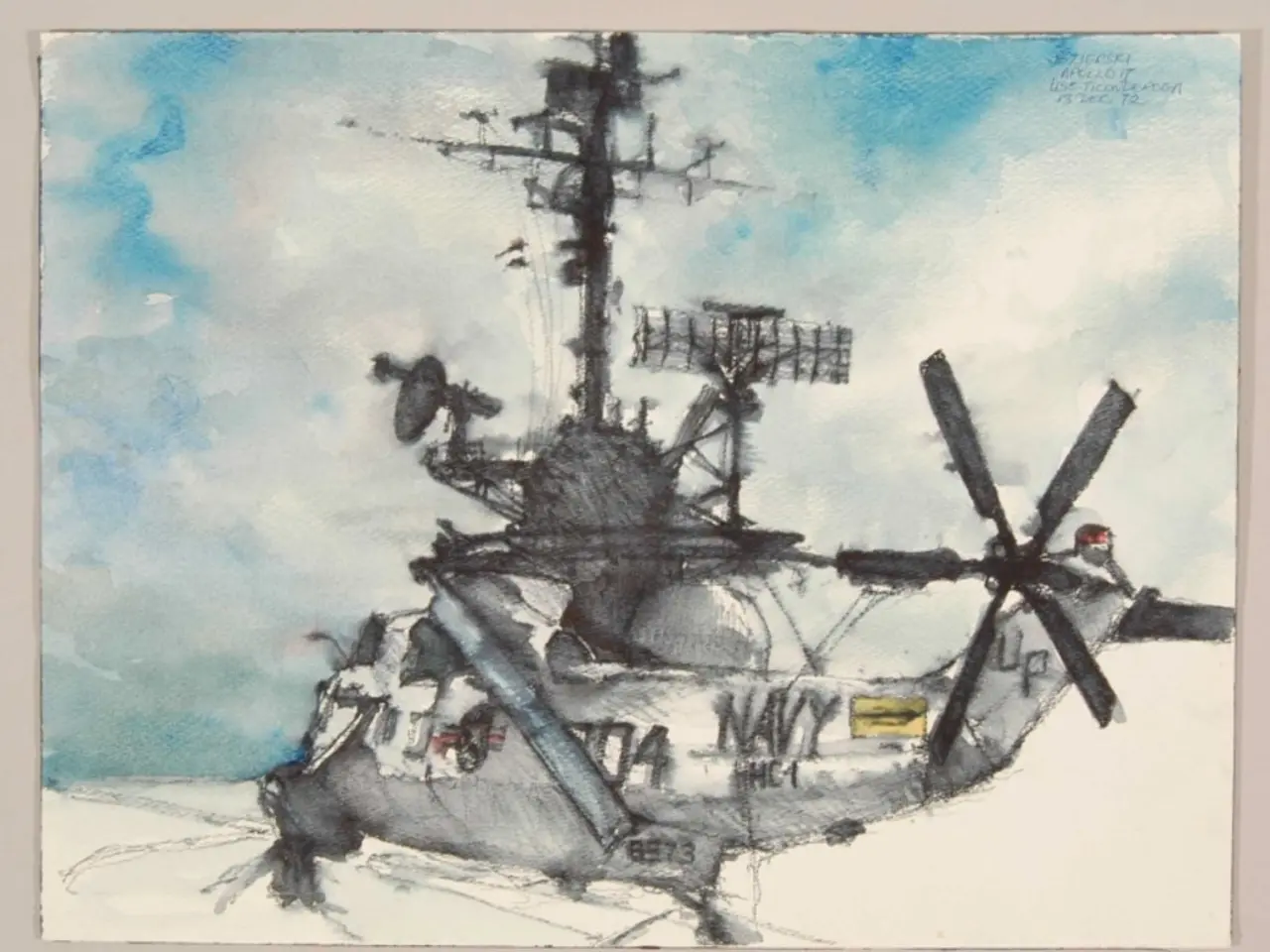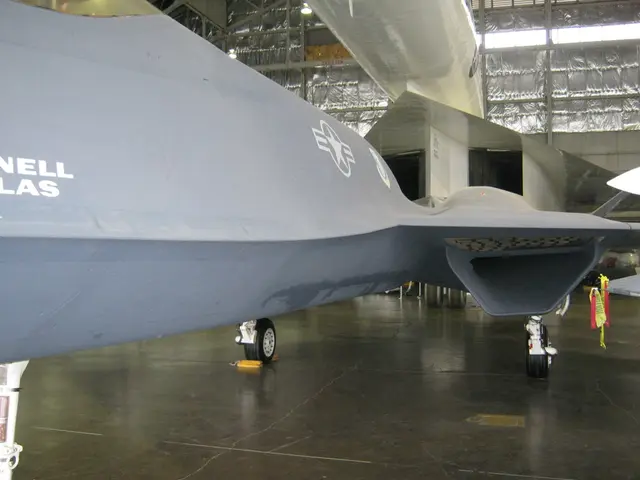Lakota: A Multi-Purpose Unmanned Aerial System at Your Disposal
The US Marine Corps (USMC) is set to revolutionize its logistics operations with the introduction of the unmanned UH-72 Lakota, designated MQ-72C. This autonomous helicopter, developed by Airbus in collaboration with Shield AI, boasts advanced autonomy software called Hivemind, enabling adaptive, intelligent autonomous flight.
The MQ-72C, based on the proven and versatile UH-72 Lakota platform (itself derived from the Airbus H145 helicopter), offers a wide range of capabilities, including training, medevac, disaster response, and command and control. Its incorporation of commercial off-the-shelf (COTS) technologies ensures reliability, affordability, and ease of maintenance.
One potential mission for the MQ-72C could be resupplying marine units distributed throughout the first island chain. Its ability to ferry cargo to forward bases operating independently stretches the limits of traditional systems. The platform's extensive operational track record, with over 1.6 million flight hours across military services, underscores its durability and mission adaptability.
The MQ-72C emphasizes multi-mission versatility, leveraging the base Lakota’s broad mission profile to include logistics, medevac, and utility roles autonomously. Its helicopter design allows vertical takeoff and landing, making it suitable for diverse environments and dispersed operations, which fixed-wing UAS often cannot match.
The autonomy underpinning the MQ-72C is noted for its adaptability and tactical improvisation abilities, distinguishing it from less flexible, pre-programmed UAS operations. Long-duration missions benefit from autonomy, reducing pilot fatigue and operational risks, and the platform’s commercial lineage suggests cost-effective sustainment over time.
Airbus aims to apply this autonomy software across other helicopter models, indicating a modular and scalable approach to uncrewed operations. The project involves converting a traditional control system into a fly-by-wire aircraft, with the next phases including system integration, ground tests, and flight tests.
The use of unmanned systems is necessitated by the need for long-duration missions over extended distances. Unmanned systems are well-suited for missions requiring the transportation of large amounts of cargo. The increased threat level requires unmanned systems to minimize the risk of personnel loss.
The USMC intends to deploy unmanned aerial systems (UAS) for cargo transport over vast areas. An unmanned Lakota can carry a 2,000-pound missile reload or other payloads. It can also be equipped with electronic warfare systems. The UH-72 Lakota's extensive support networks aid in development, prototyping, and production.
In Europe, Airbus has already fielded unmanned naval rotorcraft, which could aid in the smooth integration of the MQ-72C. The UAS version of the Lakota offers low-risk support for the USMC, making it an attractive option for logistics and operational missions, even in contested scenarios. The unmanned Lakota stands out as a highly versatile, adaptive, and reliable autonomous helicopter platform that expands the scope of UAS missions into complex logistics and support landscapes where flexibility and long endurance are critical.
- The collaboration between Airbus and Shield AI on the MQ-72C project demonstrates the potential of merging technology and the aerospace industry to advance finance sectors, like logistics and supply chain management, by creating cost-effective and adaptable unmanned platforms.
- As the US Marine Corps considers integrating unmanned systems for cargo transport and logistics operations, the versatile MQ-72C, with its capacity to carry large amounts of cargo and equipped with electronic warfare systems, could transform the finance and military industries' interactions, further emphasizing the importance of technology in an ever-changing battlefield.








